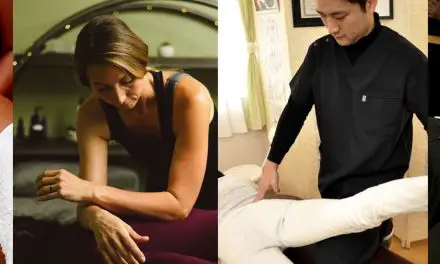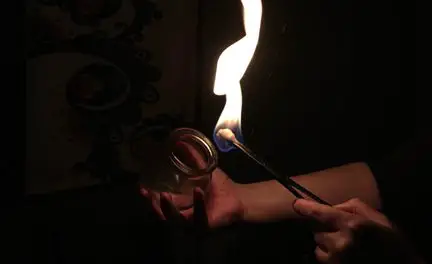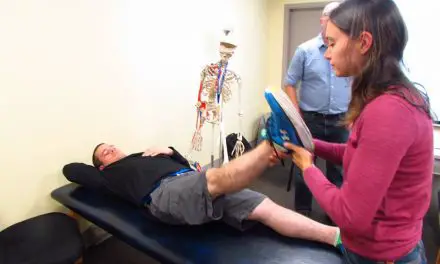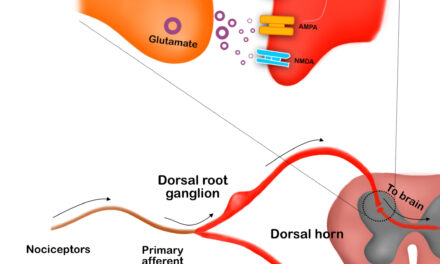Swedish massage often brings to mind a relaxing experience in a spa-like setting, maybe with white robes, low lighting, aromatherapy, and bliss. Luxury, relaxation, and self-care are all associated with Swedish massage. But what makes a Swedish massage “Swedish?”
While the techniques do have roots in Sweden, it became a catch-all term for generic relaxation massage, typically slow gentle strokes with a lubricant such as oil or lotion.
It is a lighter form of bodywork that uses gliding strokes and gentle kneading for a full body relaxation experience. Swedish massage is often the first approach taught in massage schools, and can be customized to a wide variety of people and styles.
Benefits of Swedish massage
If you have ever had a Swedish massage, then you probably know that it both feels good and is very relaxing. The novel sensations of slow and a gentle touch can relieve pain, and while Swedish massage is not the only form of bodywork to provide pain relief, it has been shown as effective in temporary reduction of low back pain.
Overall, it’s the enjoyable, novel stimulation of nerves that facilitate these changes. Most people associate massage purely with muscular issues, but one of the most well-proven effects of massage is an improvement of mood.
Anxiety and depression can have a domino effect on overall health, making massage a compelling choice for anyone who struggles with mental health.
Many practitioners claim it can reduce cellulite, “release” fascia or trigger points, and even “flush toxins,” but these claims are not supported by scientific evidence.
Today, we know that the main benefits of Swedish massage come from gentle, enjoyable stimulation of the nervous system, which can have moderate effects on pain and significant effects on depression, anxiety, and feelings of isolation.
Because of its simplicity and ease that therapists can apply to a variety of people, Swedish massage is often used as basic training in massage schools before students are introduced to other types of massage, like deep tissue, sports massage, and trigger point therapy, or other cultural styles like Thai massage and shiatsu.
In Swedish massage, each technique can be applied to each part of the body, and the gentle approach is a good primer for therapeutic touch.
Exploring anatomy first through broad strokes and then slowly getting more and more specific allows therapists to become familiar with the structures of the body.
This soft touch provides a safe foundation for more advanced work and allows therapists the freedom to improvise within a familiar framework as they develop their own unique style.
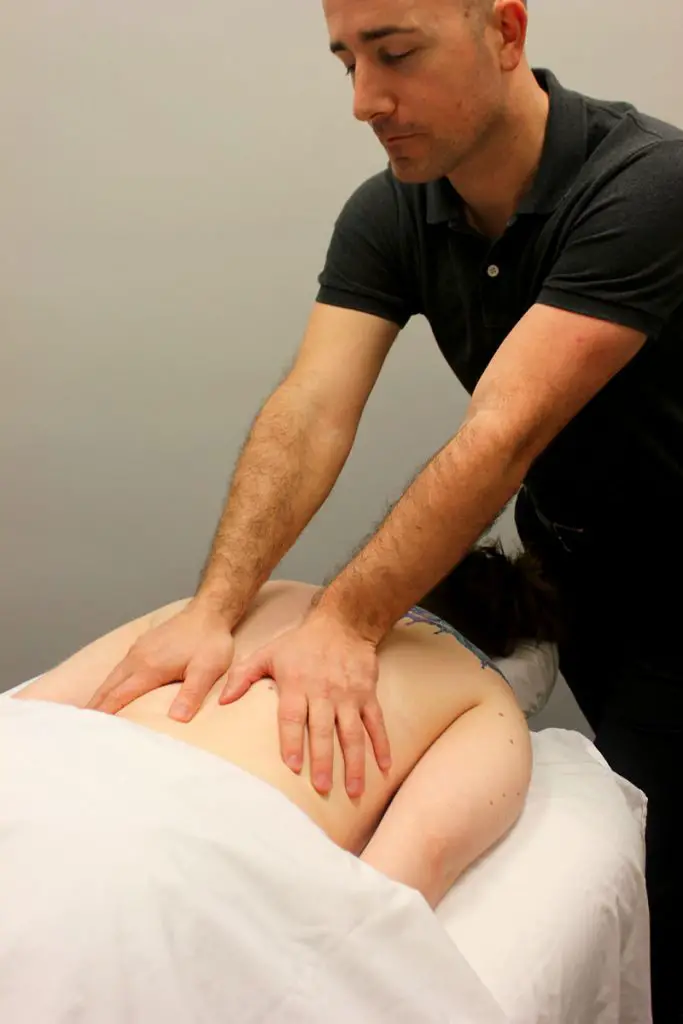
Registered massage therapist Eric Purves in Victoria, BC, demonstrates a basic effleurage to a patient. Photo: Eric Purves, RMT
How to do Swedish massage
Swedish massage consists of five basic techniques:
- effleurage (broad sweeping strokes)
- petrissage
- friction
- tapotement (percussion beats)
- vibration
Effleurage
Effleurage strokes are long, sweeping and gliding moves that are applied with the therapist’s hands and forearms, generally directed toward the heart.
In terms of the flow of a massage session, these are taught as the “greeting and goodbye” strokes that begin and end a session. They are intended to be soothing strokes that introduce the therapist’s touch to the client’s body and end the massage with a sense of calm completion.
Petrissage
Petrissage strokes are rhythmic, compressive strokes that are applied with deeper pressure to various areas of the body.
This includes wringing, kneading, squeezing and skin rolling applied with thumbs, finger pads and palmar pressure. They encourage warming of specific body areas while reducing the tension of the localized tissues.
Friction
Friction massage is generally applied with parallel, circular, or cross-fiber motions with the therapist’s thumb, fingertips, or with a massage tool. Palmar pressure can also be applied over larger areas of the body.
The intention of using friction techniques is to warm skin and muscles, and for some therapists, they are used to reach the deeper connective tissues of the body.
Tapotement
Tapotement is rhythmic tapping applied to the body in order to provide varied effects to the nervous system. Hacking, or gentle use of the side of the therapist’s hands, is used to bring blood flow to various muscle areas, while hand cupping and finger drumming can also be used. When tapotement techniques are applied in a short duration, the effects on the body can be very stimulating.
When they are applied for a longer duration, they can create a fatigued, calming effect. A massage therapist may use this at the end of a session to help a client feel more invigorated, or during the session where a muscle area may need a little more encouragement to soften.
Vibration
Vibration techniques are applied as up and down movements to muscles, and can also include shaking or jostling. Much like tapotement, vibration can be either stimulating or calming to the nervous system during a massage session based on the duration applied.
In a back massage, therapists might start with repeated effleurage from the shoulders to the low back, to spread lubricant over the skin and introduce touch.
From there, they might use petrissage to focus on specific muscles, kneading into the muscles of the low back, first on the right side, then the left, giving careful attention to each muscle group as they move back up along the muscles of the spine, around the shoulder blades and to the base of the neck.
Friction is a bit deeper and more focused as the therapist uses their fingertips to apply pressure back and forth or in small circles over specific sore spots.
To stimulate and relax the surrounding muscles, the therapist might vibrate their hands, providing a novel shaking sensation that can be very relaxing.
Tapotement makes an invigorating conclusion to this relaxing session, whether the therapist uses their fingertips to tap at the base of the skull, or uses their hands to drum up and down the length of the torso.
Typically these techniques are then applied to each part of the body for a thorough head-to-toe experience.
Swedish massage vs deep tissue
Deep tissue massage often uses similar techniques with different intentions, as therapists aim to affect deeper muscle tissues.
Like Swedish massage, deep tissue is slow work, and should always feel enjoyable but is often more vigorous with higher levels of pressure.
Some therapists will use deep tissue techniques with a Swedish session, to give more focused work to sore spots while still providing a relaxing experience.
Swedish massage precautions
Swedish massage is relatively safe for most people, but there are a few conditions that should be considered before receiving Swedish massage.
If you are sick with the cold or flu or anything contagious, or have a fever, massage should be postponed until you are well. Other illnesses and injuries should also be treated with caution, which is why a thorough intake is performed at the start of every session, but the customizability of Swedish massage means it can be modified to accommodate a variety of issues.
Massage can prove risky for those with deep vein thrombosis, as it is possible to dislodge a blood clot, as shown in multiple case reports.
One case describes a 59-year-old man with a history of blood clots who received an aggressive back massage from his wife, leading to a renal embolism.
In another case, the deep calf massage of a pedicure resulted in a massive blood clot in the lungs.
Therapists can avoid areas that might be irritated by touch, such as a sunburn, skin condition, or areas of acute inflammation, while still being able to provide a safe, enjoyable session.
Even pregnant clients can receive Swedish massage, with only a few modifications. Overall, most adverse massage effects come from other forms of massage, as detailed in a collection of case reports and studies.
In 16 case reports and four case series, serious adverse effects were associated with more aggressive massage techniques, including self-massage with tennis balls. When provided by a professional massage therapist, Swedish massage is a great option for the majority of the population.
If you have never had a massage before, this classic massage style is a great entry point. No two sessions are the same, as therapists have their own unique styles and customize their work to each client. You can expect a gentle, pleasant experience, usually offered as a full-body treatment.
There’s plenty of room for improvisation and customization, so one of the best ways to receive a good Swedish massage is to communicate with your massage therapist.
As the massage progresses, let them know what feels good and what doesn’t. When a therapist and a client are able to work together, their cooperation results in the best massage for every occasion.
Swedish massage history
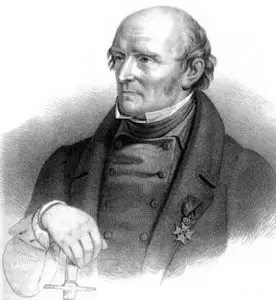
Pehr Henrik Ling. Artist: Johan Cardon (1802-1878)
Pehr Henrik Ling, a Swedish physiologist, is often referred to as the father of Swedish massage. In the early 1800s, Ling worked mostly with gymnasts and created a program that used both active and passive movements to improve performance. His personal experience with a painful injury that resolved after daily exercises was the inspiration for his work.
The exercises had a lot in common with calisthenics, focusing mostly on bodyweight exercises and movement that utilized full range of motion. He eventually worked with the Swedish government, founding the Royal Central Gymnastics Institute and becoming a prominent member of the medical community.
However, Ling’s program contained very little of the manual therapy we recognize today as Swedish massage; it was his student, a Dutch physician named Johan Georg Mezger, who named the five massage strokes: effleurage, petrissage, tapotement, friction, and vibration.
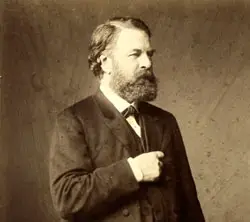
Johann Georg Mezger (1838-1909). Photo: Loescher & Petsch, Berlin (circa 1882)
Why it is called “Swedish” massage if the creator is Dutch?
Although Ling never used Swedish massage, the practice was incorrectly attributed to him as writers of the time used Mezger’s French terms when writing about Ling’s Swedish Gymnastics System. It came to the U.S. in the mid-1800s as part of the Swedish Movement Cure, and the name stuck.
Interestingly, in Sweden and other parts of Europe, Swedish massage is simply referred to as “classic” massage, which is essentially what it has become as the massage techniques are applied to a variety of settings, separating it from any ties with gymnastics.
Ling and Mezger originally developed these systems to relieve sore muscles, increase flexibility, and improve overall health. Over the years, practitioners have claimed that the benefits of Swedish massage range from improving circulation and flexibility to reducing pain and cortisol levels.
American nurses started to incorporate touch into their treatments in the late 1800s, which provided relaxation and created a more therapeutic relationship between the nurses and their patients.
Texts from the early 1900s describe massage as a basic nursing skill, and nightly back massages were considered routine care in hospitals around the country.
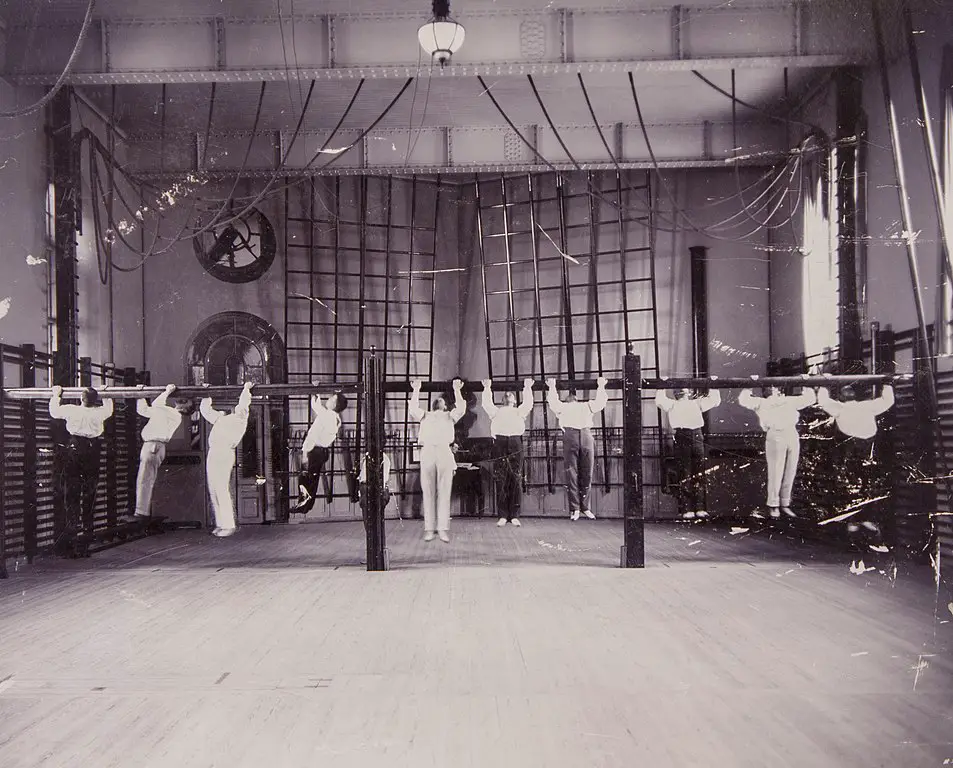
Swedish gymnastics at the Royal Gymnastics Central Institute in Stockholm, circa 1900
Photo: Gymnastik- och idrottshögskolans bibliotek

Chloe Bradley, LMT
Chloe Bradley is a writer and massage therapist currently located in Northern California. She earned her B.A. in Communications from the Evergreen State College in Olympia, WA, and continued her education at the National Holistic Institute of Massage Therapy in California.
Her career as a massage therapist has brought her to a variety of workplaces, from a small clinic in Texas to an upscale hotel in Wisconsin. Her pursuit of evidence-informed approaches to pain relief has led to a keen interest in the science of pain as well as the burgeoning field of narrative medicine. In her free time she can be found filling journals, dancing in her living room, and watching clouds go by.


